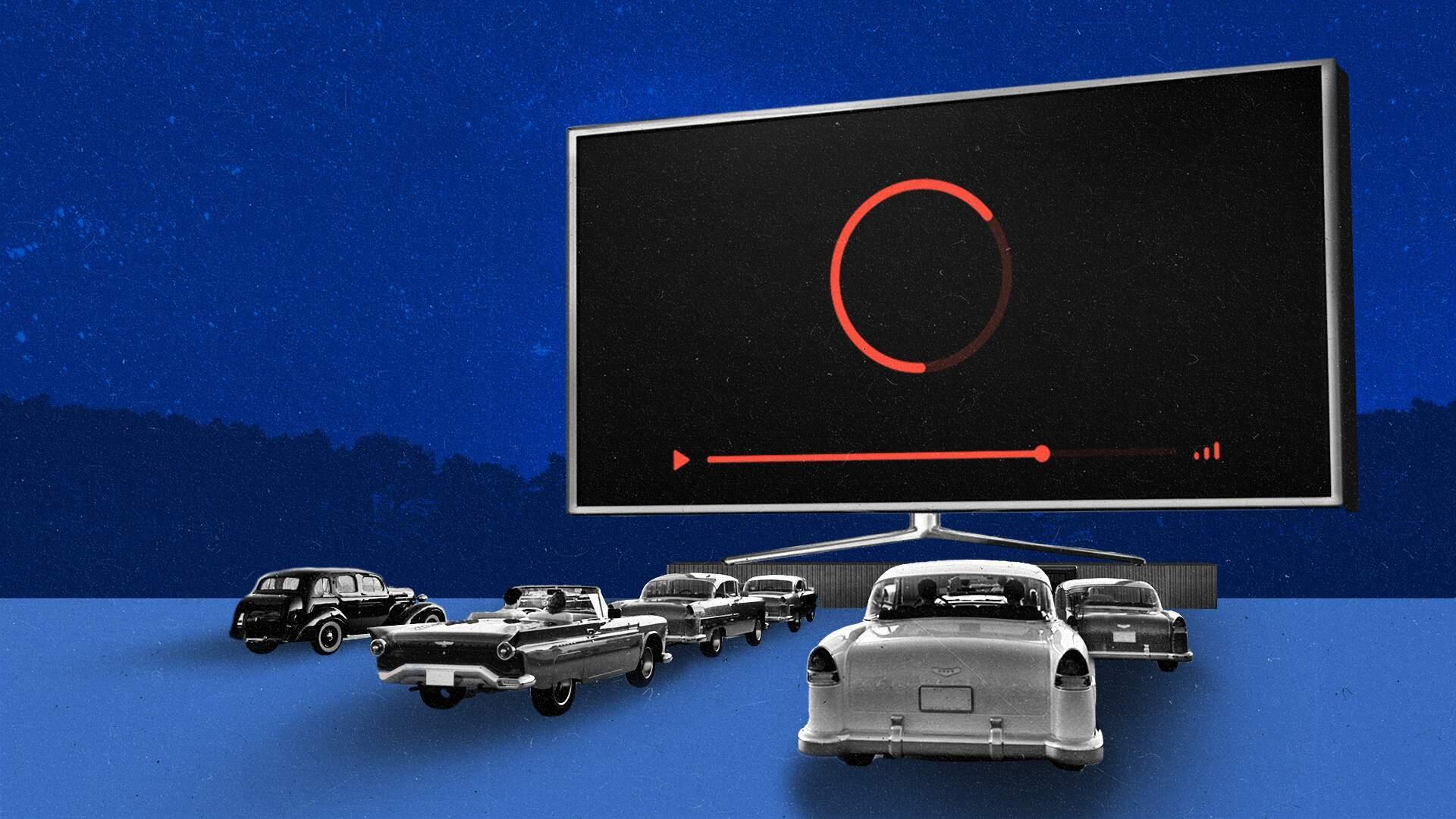Surprise, surprise: Baby boomers flock to streaming
For the first time ever, Americans 50 to 64 years old claimed a larger share of streaming time than those aged 35 to 49 years old, according to Nielsen.

Like many people at the start of the COVID-19 pandemic, J. Walker Smith found himself stuck at home. Spending so much time on the couch allowed Smith, who had traveled for work every week for the previous 30 years, to focus on a new hobby — bingeing endless shows and movies with his wife. Smith, a consulting-division knowledge leader at data analytics and consulting company Kantar, is an example of an emerging trend: viewers 50 and older driving disproportionate streaming increases.
Research from GWI found that baby boomers (aged 55 and up) doubled their watch times on streaming services from 29 minutes a day to an hour a day during the first half of this year, compared to the same period last year. That jump is the biggest increase of any age group. On top of that, a separate study from Nielsen found that for the first time, people 50 to 64 years old claimed a larger share of streaming time than those aged 35 to 49.
This underscores that streaming is no longer a young person’s game. Whether it’s technologically savvy viewers embracing streaming, more accessible streaming services, or the new golden age of TV content, streaming clearly doesn’t know age-driven bounds.
“Everybody, even folks that maybe didn’t feel that streaming was for them, are now realizing that streaming is definitely for them,” Peter Blacker, NBCUniversal’s executive VP of agency partnerships and head of diversity, equity, and inclusion within its advertising and partnerships division, tells The Current. “While the early days of streaming were dominated by folks 18 to 34, as we’ve started to add in content onto Peacock, we’ve seen very broad appeals to those beyond that demographic.”
Peacock has grown to over 15 million paid subscribers and 30 million monthly users, with Blacker saying older audiences are an important part of that growth. Once people 50 and older dive into streaming, they find a broad universe of content, increasingly curated with their tastes in mind. After 57 years on NBC, Days of our Lives, the network’s longest-running series, was moved exclusively to Peacock. The move came after its Days of our Lives spinoff, Days of our Lives: Beyond Salem, performed well on the platform. NBC also came armed with figures from a survey they conducted with MRI at the end of last year. The survey found the number of baby boomers who watched Netflix, Hulu, or Amazon Prime Video doubled from 28 percent in spring 2019 to 59 percent two years later, in the spring of 2021.
NBC isn’t alone, though, in shifting its content strategy to reach older audiences. ABC moved Dancing with the Stars, the average viewer of which 63.5 years old, to Disney+ this fall, after 16 years on the network.
While streaming has become the dominant way to devour content, there has been much evolution in how people watch. Thanks to smart TVs and streaming devices like Rokus, TVs have enjoyed a resurgence in viewing preference, relative to mobile devices, tablets, and other ways of viewing. Baby boomers in the U.S. are more likely to have watched streaming content on a TV in the past 12 months than other age groups, according to a May 2022 survey from YouGov and The Trade Desk. Of the 4,059 people involved in the survey, 90 percent of baby boomers have watched on their TVs, compared to the overall average of 78 percent.
“As older people are kind of aging in place, a TV device is a familiar technology to them,” Smith tells The Current. “So to be able to find new content there doesn’t require that they have to learn a new piece of hardware at the same time; it’s a medium well-suited for boomers.”
As a result, streaming services have increasingly become a way for advertisers to reach the important baby boomer demographic. They can pair demographic information with deeper insights to target specific groups, with Blacker highlighting micro-examples such as “a group that may be more likely to order pizza as they’re about to stream a movie on Peacock.”
Subscribe to The Current
Subscribe to The Current